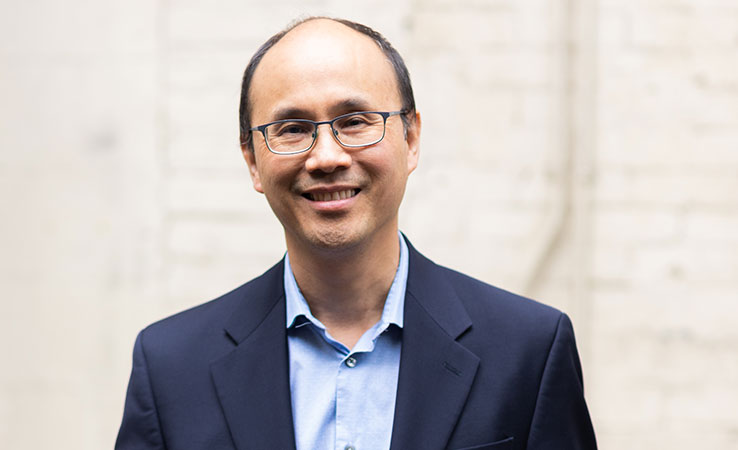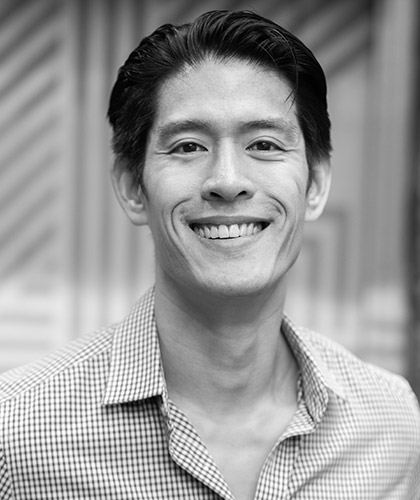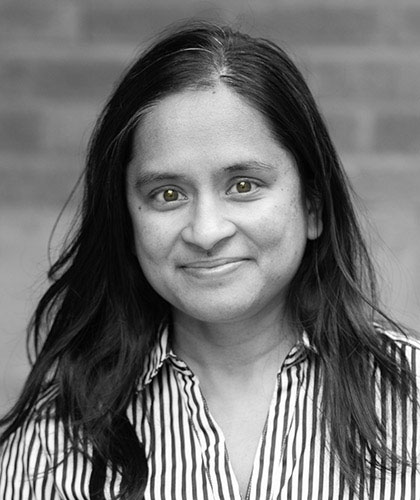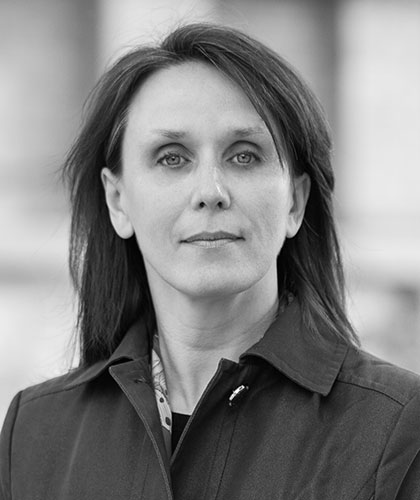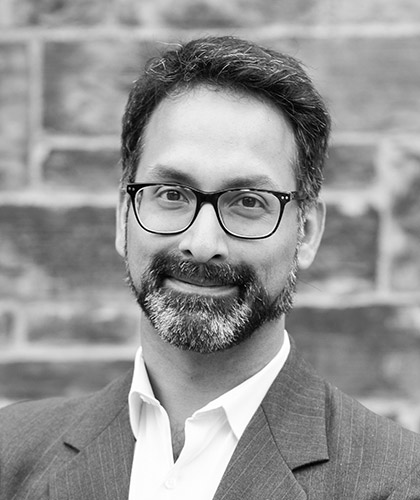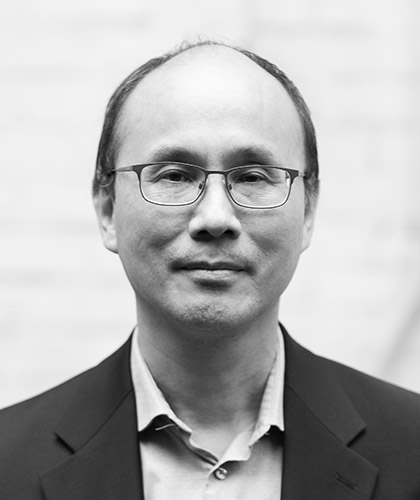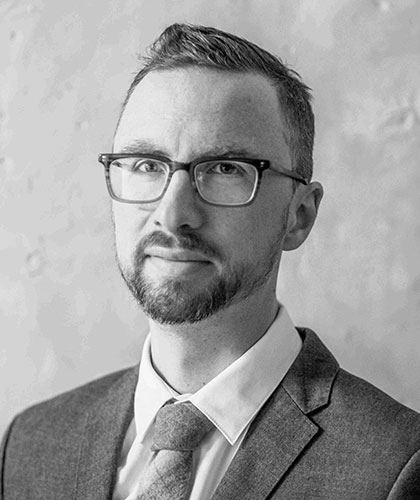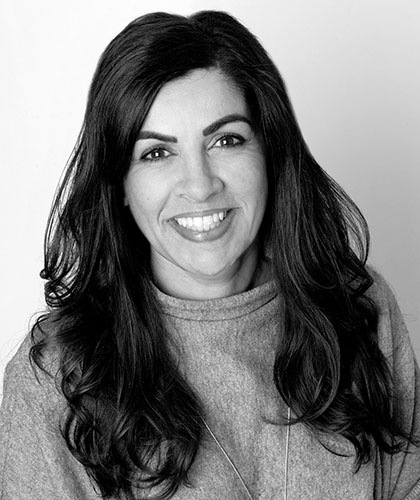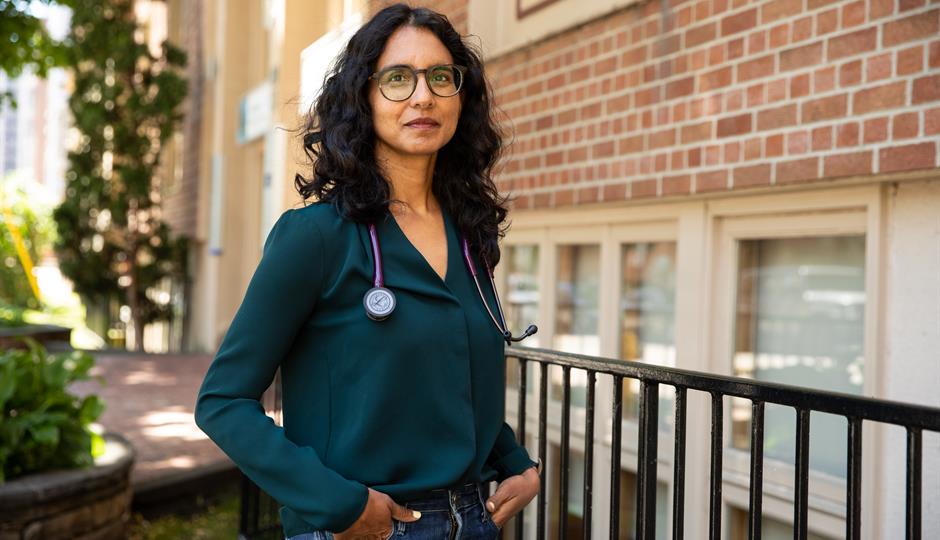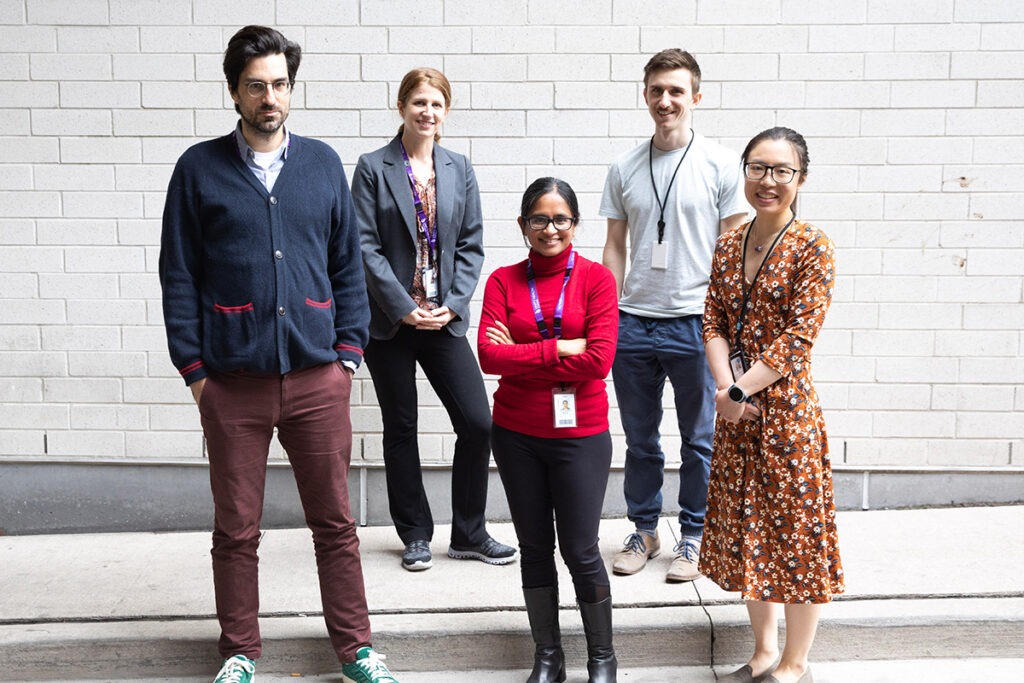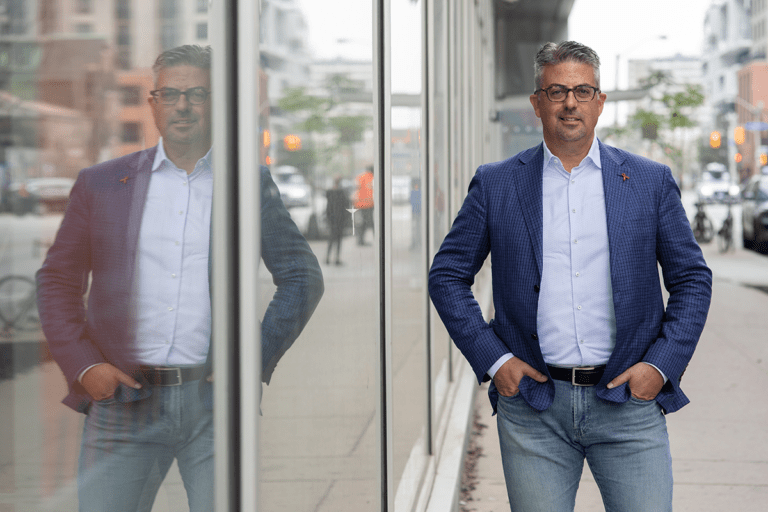As 2022 comes to an end, I am delighted to provide an update of MAP’s activity and progress from this past year.
It’s been an extremely productive year, with some major successes and milestones to celebrate! We grew as a centre, worked alongside our community partners to advance many exciting new innovations and solutions, and deepened our policy partnerships and impacts.
In 2022 our team of scientists, investigators and affiliate scientists grew to more than 40, and our MAP research staff now total approximately 130. We brought on two new community scholars, and delivered the second year of our successful BIPOC student program.
Progress on the research front has been exceptional. Our scientists are truly exemplars of MAP’s research pillars of world-leading science and innovation; street-level scalable solutions; and long-term community and policy partnerships.
We are also extremely proud of our national initiative to raise awareness and funds through MAP’s Even the Odds partnership with Staples Canada. Funds raised support MAP’s work in three areas: access to care, ending chronic homelessness, and a healthy start for kids.
I am humbled to lead this amazing enterprise and very grateful for your interest and support. I look forward to what we will achieve in 2023!
Dr. Stephen Hwang
Director, MAP Centre for Urban Health Solutions
Chair, Homelessness, Housing and Health, St. Michael’s Hospital, Unity Health Toronto
2022 Research Highlights
Dr. Nav Persaud led a task force of MAP scientists to launch the Equity Roadmap report, a set of thirteen recommendations for governments at all levels across Canada. The recommendations outline the interventions/policy changes most likely to address COVID-19-related inequities during Canada’s pandemic recovery period. MAP launched an accompanying podcast series.
Dr. Sharmistha Mishra and Dr. Darrell Tan were among the first to sound the alarm re: the equity implications of mpox public health responses and related stigma, and the importance of global vaccine equity. They worked quickly to launch and complete a mpox vaccine modelling study that provided a roadmap for vaccination.
Dr. Katerina Maximova, the Murphy Family Foundation Chair in Early Life Interventions, led the scale-up of APPLE Schools – A Project Promoting Healthy Living for Everyone in Schools – an internationally recognized “best practice” for school-based interventions for healthy eating, physical activity and mental health in children from socioeconomically disadvantaged communities. Dr. Maximova is bringing a tailored version of the program to 10 new elementary schools in western Canada, with more planned in Ontario.
Dr. Andrew Pinto was awarded the CIHR Applied Public Health Chair in Upstream Prevention in Primary Healthcare AND received $10M from CIHR to develop an adaptive platform trial to evaluate COVID therapeutics in out-patient settings in six provinces across Canada.
Dr. Tara Kiran launched and completed the first phase of OurCare, an ambitious national survey and public consultation platform to capture new perspectives and possibilities for primary care in Canada. The detailed survey garnered >9,000 responses nationally as well as outstanding media coverage.
Dr. Stephen Hwang’s St. Michael’s Hospital Navigator Project expanded to a new site: St. Joseph’s Health Centre in Toronto. The innovative program pairs patients who are homeless with an outreach worker, to help prevent readmission to hospital and ensure a better recovery. The program served approximately 90 unhoused patients in 2022, and was highlighted by the Globe and Mail as a creative, “outside the box” solution to improve access to care.
Dr. Sean Rourke was awarded two large, five-year Public Health Agency of Canada grants for I’m Ready, Our HealthBox and his Positive Effect project to end HIV stigma. I’m Ready also reached a major milestone of >10,000 HIV self-tests distributed across Canada. Dr. Rourke’s new project, I Am, also launched an exciting partnership with Starbucks Canada.
Dr. Dan Werb’s drug-checking service in Toronto has now checked over 7,000 samples of drugs since it launched in Oct. 2019, the majority (50 per cent) of which is fentanyl. Werb’s recent research indicates that more of these kinds of drug-checking services are urgently needed.
Dr. Naomi Thulien premiered Searching for Home, a companion documentary to her Transitioning Youth Out of Homelessness study. The short documentary follows the lives of three young people who are transitioning out of homelessness, and highlights the potential of portable rent subsidies as a novel and promising intervention to help end homelessness.
Want more research updates?
Subscribe to MAP’s Junction e-newsletter for short, monthly updates on our studies, our solutions, and the issues we study. You can also follow MAP on Twitter and LinkedIn, and subscribe to our MAPmaking podcast. MAP scientist were quoted in more than 130 media articles in 2022 – check out the coverage here.
Mise à jour du directeur : bilan de l’année 2022 du MAP
Alors que l’année 2022 touche à sa fin, je suis ravi de vous présenter une mise à jour de l’activité et des progrès du MAP au cours de l’année écoulée.
L’année a été extrêmement productive, avec quelques réussites et étapes importantes à célébrer! Nous avons grandi en tant que centre, avons travaillé aux côtés de nos partenaires communautaires pour faire progresser de nombreuses innovations et solutions passionnantes, et nous avons consolidé nos partenariats et nos impacts politiques.
En 2022, notre équipe de chercheurs, d’enquêteurs et de scientifiques affiliés est passée à plus de 40, et notre personnel de recherche du MAP compte désormais environ 130 personnes. Nous avons engagé deux nouveaux boursiers et nous avons assuré la deuxième année de notre programme d’étudiants PANDC.
Les progrès réalisés dans le domaine de la recherche ont été exceptionnels. Nos scientifiques du MAP sont de véritables exemples des fondements de la recherche de la science et de l’innovation de pointe dans le monde, des solutions évolutives sur le terrain et des partenariats communautaires et politiques à long terme.
Nous sommes également extrêmement fiers de notre initiative nationale de sensibilisation et de collecte de fonds par l’intermédiaire du partenariat À chance égale du MAP avec Bureau en Gros. Les fonds recueillis soutiennent le travail du MAP dans trois domaines : l’accès aux soins, la fin du sans-abrisme chronique et un départ sain pour les enfants.
C’est avec humilité que je dirige cette entreprise extraordinaire et je vous suis très reconnaissant de votre intérêt et de votre soutien. Je me réjouis déjà de ce que nous réaliserons en 2023!
Dr Stephen Hwang
Directeur, MAP
Président, Homelessness, Housing and Health, hôpital St. Michael’s, Unity Health Toronto

